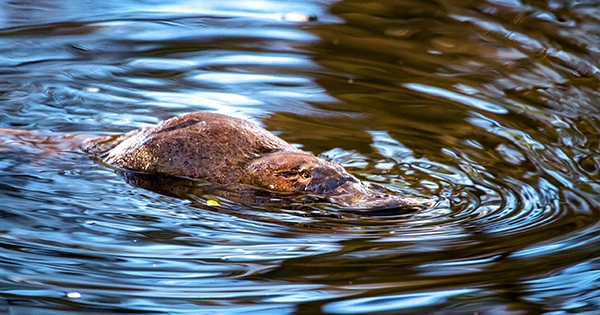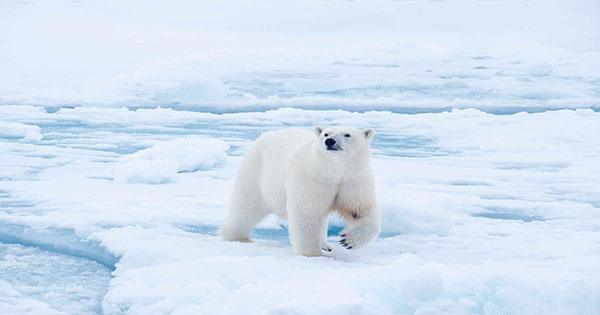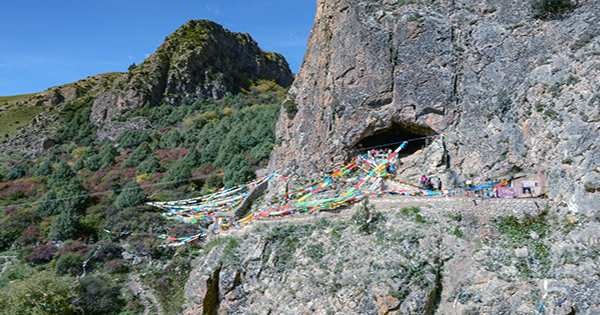Dinosaurs laid billions of eggs over the earth, some of which never hatched. Due to peculiarities in geology, China has more of these preserved than any other country. The exception is the Qianshan Basin. Despite being abundant in a mammal, reptile, and avian fossils, three dinosaur eggs were only just recently found there. Two of the eggs, the other of which has been lost, are identified as belonging to a new species by their size and shape.
Dinosaur bones and teeth are the primary sources of information about them. However, occasionally we find other remains, like footprints or eggs. Even while it may not always be able to associate these specimens with a more conventionally defined species, paleontologists nonetheless name and categorize them for research purposes.
Dinosaurs that can only be identified from their eggs are referred to as oospecies, and based on their apparent relationships, they have their own oofamilies and oogenera. Rarely is it possible to identify a species with something more recognizable, but the majority of the time we can only speculate on their relationships.
The Stalicoolithidae oofamily is where the eggs mentioned in the Journal of Paleogeography article belong. We do not know how closely related the Stalicoolithidae dinosaurs were, but all members of the family share characteristics, particularly the secondary egg shells that set them apart from other dinosaur eggs.
The publication calls the new species of Shixingoolithus qianshanensis because the Qianshan eggs are larger than those of other Stalicoolithidae.
The remaining eggs are referred to as QS-01 and QS-02 by the writers, who deftly gloss over how a priceless relic ended up being lost in this day and age. Although QS-01 is not complete, it is full of calcite crystal clusters. The eggs are 9.9 and 13.4 centimeters (3.9-5.4 inches) in width and 10.5 and 13.7 centimeters (4.2-5.5 inches) in length, respectively.
Eggs with a pointier shape have been observed in birds that fly more. But even today’s non-flying birds have discovered that larger bases and longer eggs are preferable. This is believed to maintain heat within a clutch, lower the chance of eggs rolling out of nests, and make eggs easier to lay. Shixingoolithus is remarkable because, while dinosaur eggs often have less distinction between blunt and pointy ends than those of current birds, they also typically tend to be more elongated. The eggshells are thinner than those of their nearest relatives, especially given the size of the eggs.
Maybe though these are the first dinosaur eggs from Qianshan, or even the first proof of dinosaurs at all, they most likely won’t be the last. Huge amounts of sediment were deposited there due to the conditions during the Cretaceous and early Paleogene. There is plenty of room to go egg and bone searching because the Upper Cretaceous Formation alone is 887 meters (0.55 miles) thick.
















